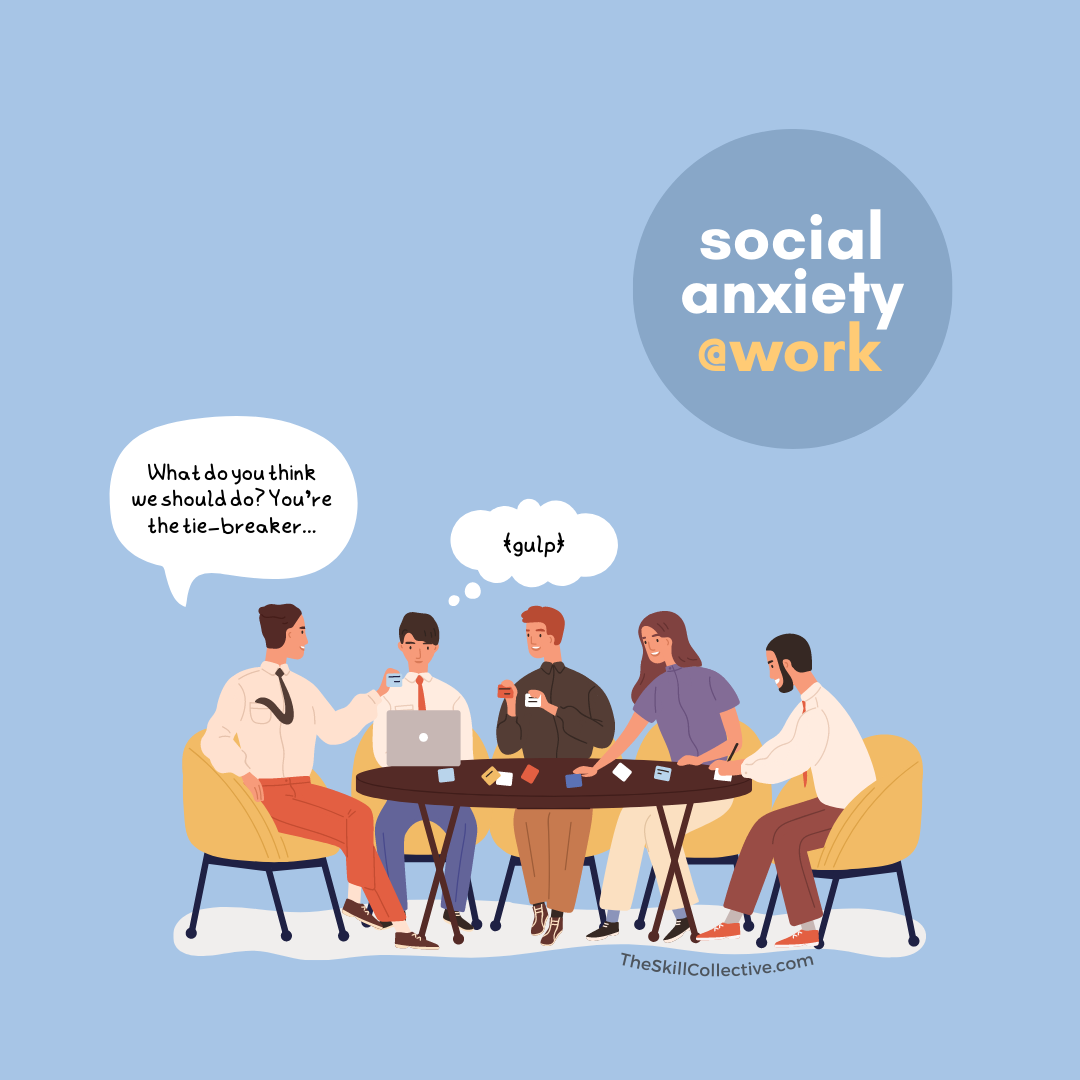WHAT ARE PANIC ATTACKS + PANIC DISORDER?
To understand Panic Disorder, it is important to first of all know what a panic attack is.
According to the Diagnostic and Statistical Manual of Mental Disorders (DSM-5; p. 214 [1] ), panic attacks refer to a sudden surge of intense anxiety and discomfort that peaks within minutes, and is defined by several symptoms including increased heart rate, trembling, shortness of breath, chest discomfort, tingling, nausea, feeling detached, and fear of losing control or of dying.
(See our blog post on What to Do In Case of a Panic Attack for more info about panic attacks and what to do if you experience one!)
PANIC ATTACK OR PANIC DISORDER?
Just because you have experienced a panic attack does not mean that you have Panic Disorder. It’s when panic attacks occur more regularly, and out of the blue, that they can start to cause serious problems.
While panic attacks are estimated to affect 40% of Australians at some point in their lives. [2]), panic disorder is much less common (estimated to affect around 3.5% of Australians at some point in their lives. [3]).
Features of panic disorder include[1]:
Panic attacks that occur frequently and unexpectedly.
The panic attacks lead to one month of either:
Ongoing worry about having more panic attacks or their consequences (e.g. that panic attacks will cause a heart attack, or make you “go crazy”).
Unhelpful changes to the way you behave, related to the attacks (e.g. avoiding any potential triggers for attacks, such as exercise).
The disturbance isn’t due to the effects of a substance (e.g. medication) nor another medical condition.
The disturbance isn’t better explained by another medical disorder (e.g. panic attacks don’t only happen in response to social situations, or specific phobias)
PANIC DISORDER SYMPTOMS
Panic Disorder can impact many different areas of life. Here’s how we can group symptoms in to cognitive, physical and behavioural categories:
COGNITIVE SYMPTOMS OF PANIC DISORDER
Like any anxiety disorder, worrying is a key feature of Panic Disorder. These worries tend to be focussed not only on the experience of panic attacks themselves, but also the surrounding consequences of attacks. Catastrophic thinking styles are common in people with panic disorder. This can involve:
1. Interpreting normal physical sensations as a sign of danger or illness (e.g. “My heart is beating too quickly, I am having a heart attack!”)
2. Interpreting the consequences of panic attacks as very serious and negative (e.g. “I might lose my mind if I keep having panic attacks!”)
3. Overestimating the likelihood of having a panic attack (“I’ll definitely have a panic attack if there is too much traffic on my drive!”)
See our blog post on Thinking Styles that Sabotage Mental Health for more information about catastrophising and other unhelpful thinking styles!
PHYSICAL SYMPTOMS OF PANIC DISORDER
The symptoms of panic are very similar to the symptoms of fear. This usually involves the activation of our fight, flight, or freeze response (see above for the symptoms of panic attacks). This response is designed to protect us from physical threats, but it can get in the way when it is activated all the time!
BEHAVIOURAL SYMPTOMS OF PANIC DISORDER
It makes sense that after a person has had a panic attack, they may want to take steps to avoid it from happening in the future. It is common for people with panic disorder to avoid situations:
In which they’ve previously experienced panic attacks;
Where it might be difficult to escape from if they have another panic attack; or
In situations and activities that can cause similar physical reactions to panic (like going for a run)
Unfortunately, whilst avoiding a situation provides immediate relief from anxiety, it reinforces your fear of the situation in the longer term. One thing we often see is that the range of activities once labelled ‘safe’ shrinks, and quality of life ends up being affected.
TREATMENT FOR PANIC DISORDER
There are a range of treatment options for Panic Disorder, including:
COGNITIVE BEHAVIOURAL THERAPY (CBT). There is a lot of research that supports Cognitive Behaviour Therapy as an effective treatment for Panic Disorder [4]. CBT focuses on restructuring thinking to be less catastrophic, as well helping increase your body’s ability to relax. This typically involves some gradual exposure to panic symptoms, to help you cope with these experiences.
MINDFULNESS-BASED COGNITIVE THERAPY and ACCEPTANCE AND COMMITMENT THERAPY (ACT): These and other ‘new wave’ therapies are based on the principles of CBT. While CBT typically involves directly challenging thinking styles, Mindfulness-Based Cognitive Therapy and Acceptance and Commitment Therapy instead encourage the individual to change their relationship to thoughts. This means that distressing thoughts have less power over the person.
PSYCHOPHARMACOLOGY. At times, Panic Disorder can cause serious problems with daily living. In these cases, medication can be used to control some of the physical symptoms of panic, which can make engaging in ‘talking therapy’ a lot easier to manage. It is always important to talk to your GP about your medication options.
If you’re ready to work on your Panic Attacks and Panic Disorder, why not Contact Us for a tailored approach? Below are our psychologists who work with Panic.
REFERENCES
[1] American Psychiatric Association (2013). Diagnostic and statistical manual of mental disorders (5th ed.). Washington: American Psychiatric Publishing.
[2] https://au.reachout.com/articles/what-are-panic-attacks
[3] McEvoy, P. M., Grove, R., & Slade, T. (2011). Epidemiology of Anxiety Disorders in the Australian General Population: Findings of the 2007 Australian National Survey of Mental Health and Wellbeing. Australian & New Zealand Journal of Psychiatry, 45, 957–967. doi:10.3109/00048674.2011.624083
[4] Pompoli, A., Furukawa, T. A., Imai, H., Tajika, A., Efthimiou, O., & Salanti, G. (2016). Psychological therapies for panic disorder with or without agoraphobia in adults: A network meta‐analysis. Cochrane Database of Systematic Reviews 2016, doi:10.1002/14651858.CD011004.pub2.


















Living with social anxiety as a student can be challenging - speaking up in class, group assignments, public speaking, gaining work experience, making friends … the list of social situations is endless. But there’s no need to suffer further…read on to find how to go from surviving to thriving in your studies.